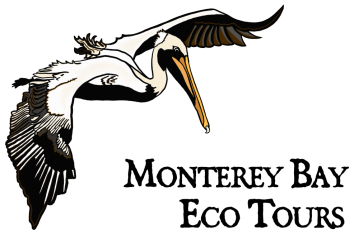SANDPIPERS OF ELKHORN SLOUGH: FROM SEMIPALMATED TO BAIRD’S

Elkhorn Slough, a coastal oasis nestled between Santa Cruz and Monterey, provides a vital habitat for a variety of avian species, including the charming sandpipers. In this article, we’ll take a closer look at the sandpipers that grace the shores of Elkhorn Slough, from the dainty Semipalmated Sandpiper to the elusive Baird’s Sandpiper. Each of these sandpipers brings its unique characteristics and behaviors to this picturesque environment.
Semipalmated Sandpiper: A Delicate Wanderer
The Semipalmated Sandpiper (Calidris pusilla) is a delicate wanderer, known for its small size and distinctive webbing between its toes. It traverses long distances during migration, making brief stopovers at Elkhorn Slough, showcasing its remarkable migratory journey.
Western Sandpiper: Agile Shore-Dweller
The Western Sandpiper (Calidris mauri) is an agile shore-dweller with a distinctive reddish-brown plumage. Its rapid movements along the slough’s mudflats and shores make it a captivating species to observe.
Least Sandpiper: Subtle Beauty
The Least Sandpiper (Calidris minutilla) is a subtle beauty with its compact size and intricate feather patterns. Often seen probing the mud for food, this sandpiper species adds a touch of charm to the slough’s wetlands.
Baird’s Sandpiper: Visitor from Afar
The Baird’s Sandpiper (Calidris bairdii) is a visitor from afar, gracing Elkhorn Slough during migration. Its distinct plumage and long migrations from the Arctic tundra make it a special sight for bird enthusiasts.
Habitat and Behavior
These sandpipers thrive in the diverse habitats of Elkhorn Slough, including mudflats, shallow waters, and sandy shores. Their probing and pecking behaviors, as they search for small invertebrates, contribute to the ecological balance of the wetland environment.
Conservation and Future
As Elkhorn Slough continues to be a vital stopover for these sandpipers during migration, it highlights the importance of preserving and protecting their habitats. Understanding their roles in the ecosystem can guide conservation efforts for their future well-being.
The sandpipers of Elkhorn Slough are a testament to the beauty and diversity that graces this coastal sanctuary. From the Semipalmated Sandpiper’s delicate travels to the Baird’s Sandpiper’s long journeys, each species contributes to the vibrant tapestry of life that thrives in this dynamic ecosystem. As we explore the tranquil landscapes and observe these sandpipers in action, let us appreciate the significance of their presence and the importance of safeguarding their habitats for generations to come.

Elkhorn Slough Serenity: Witness the Elegance of a Long-Billed Curlew Wading in the Waters
